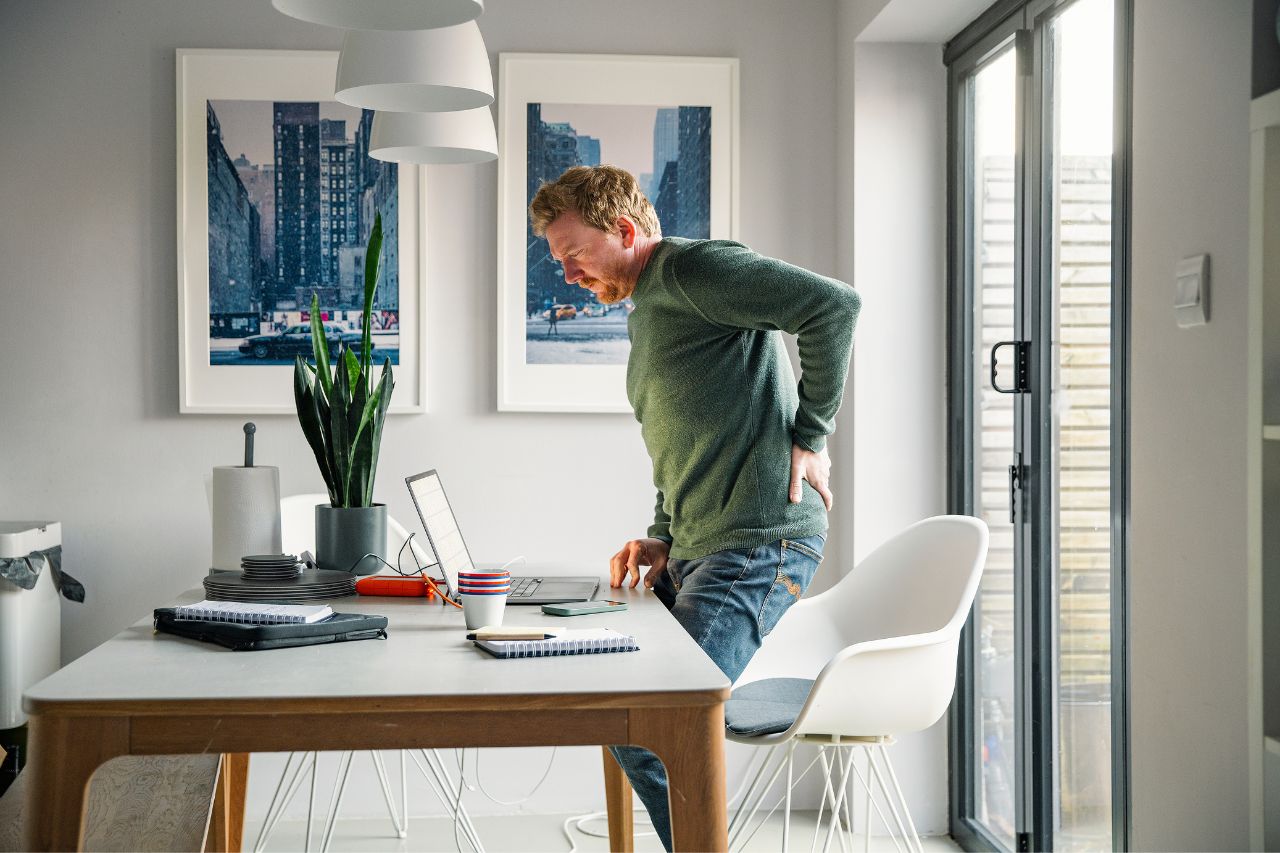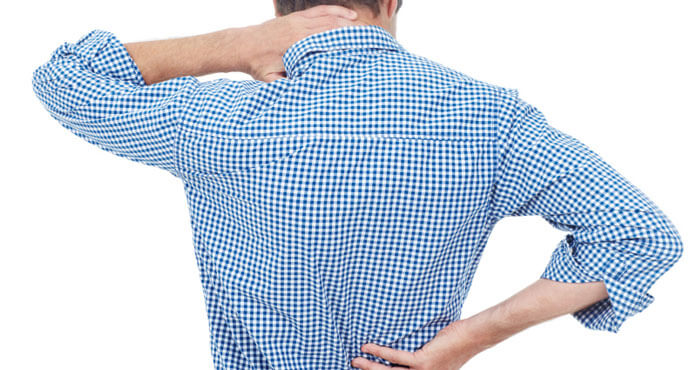Psoas Muscle: What is it and Why is it Important?

If you ask someone to name a few muscles in the human body, odds are they will list the biceps and triceps muscles, maybe the “pecs” (pectoralis), perhaps the gluteus. Few people will mention the psoas muscle. While it is not well known, it does play a major role in a wide range of physical activities, from walking and running to simply sitting up in bed.
The Psoas is a Key Core Muscle
Without going into too much anatomical detail, the psoas muscle (technically a group of muscles) is a flexor muscle deep in your core that runs from your spine through your pelvis to your femur. In general terms, it connects your upper body to your lower body, your front to your back and the interior of your body to the exterior.
That description alone provides a sense of how important the psoas is. But, in terms of function, it is crucial for stabilizing your spine, helping you maintain proper posture and producing any motion where your thighs move toward your torso (e.g., walking) or vice versa (e.g., bending over).
Psoas Problems
Given its core location and interaction with other muscle groups, bones and nerves, a psoas that is too tight or loose, or too long or short can lead to a number of problems, including:
- Low back and knee pain. Restriction of the femur from a tight or short psoas limits the amount of rotation it can make in the hip socket, causing both the knee and the lower back to be torqued as you move.
- Poor posture. A psoas that is either too tight or too loose can affect the position of your pelvis or the curvature of your lower spine, causing pain and potential damage to the structures involved.
- Leg length imbalance. A tight psoas on one side that causes your pelvis to rotate forward can result in a difference in leg length and other issues as a result.
- Chest breathing. When tight or short, a psoas muscle can cause the rib cage to move forward, resulting in shallow breathing, which reduces the amount of oxygen you take in and can cause overuse of the neck muscles.
- Constipation. A number of nerves and blood vessels that affect the pelvic organs pass near and through the psoas muscles. Tightness can impede blood flow and nerve impulses, making it more difficult to move the bowels.
Taking Care of Your Psoas
Here are some ways to help prevent psoas-related problems:
- Avoid sitting for long periods. If possible, get up and walk a bit at least once every hour.
- Assume the “active rest” or “constructive rest” position periodically. This position can help relieve tension in your psoas as well as other back and hip muscles. Lie on your back with your arms at your side, knees bent, feet flat on the floor, and heels 12-16 inches from your buttocks. Then simply rest; there is no action involved.
- Use yoga poses. There are a number of yoga poses that can be used to stretch and release the psoas. You can get details online or through a yoga instructor.
- Curtail extreme workouts. If things like sprinting, distance running, or a large number of sit-ups are part of your workout routine and you start to detect problems with your psoas, try using the resting/stretching recommendations above combined with cutting back somewhat on the intensity of your workouts.
Awareness of, and care for, your psoas muscles can help prevent a number of painful and potentially damaging health issues.



